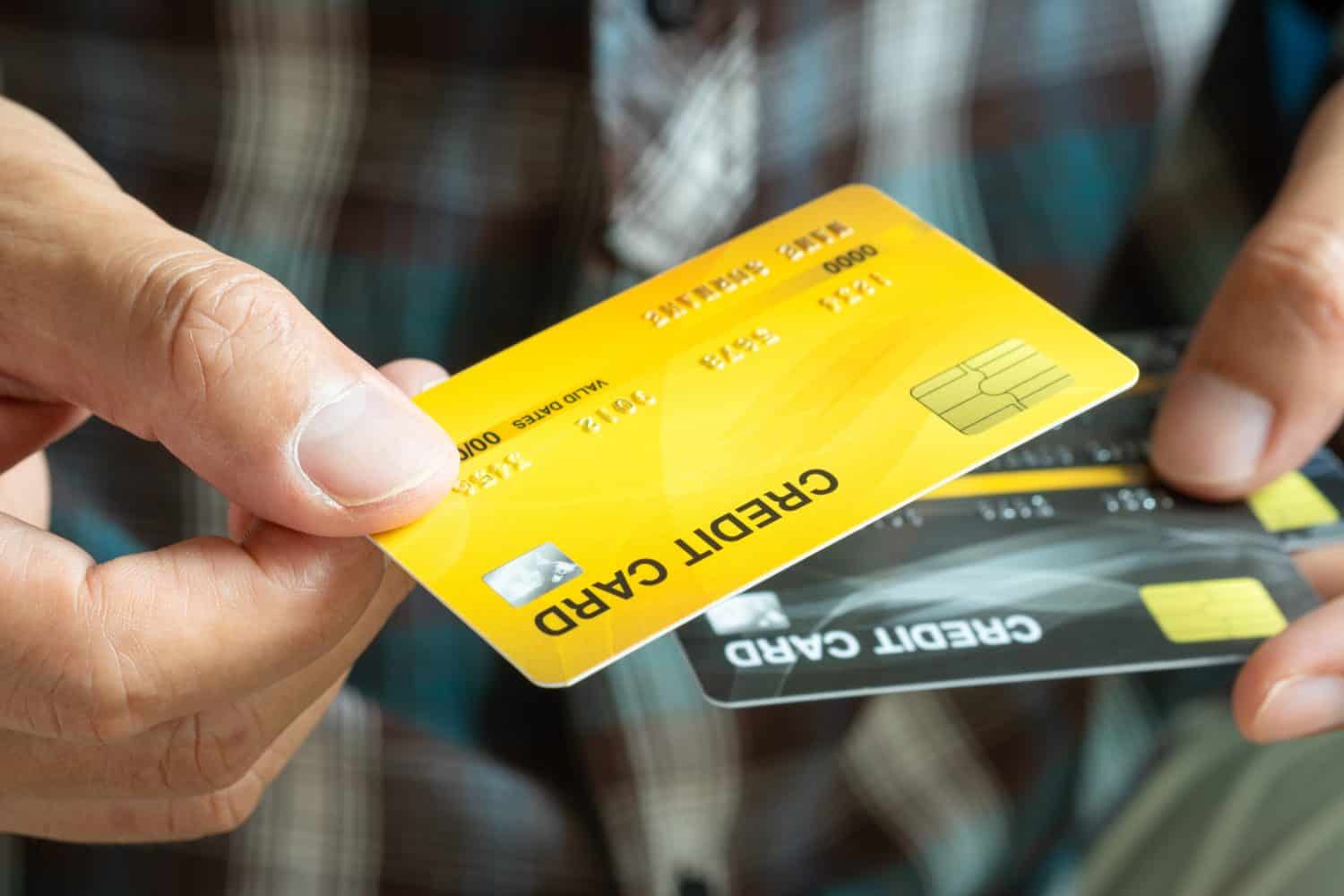Personal Finance
I have 4 million credit card points on my credit card - what should I use them on?

Published:

File today’s Reddit discussion under the rubric “nice problems to have.”
Our caller this morning, let’s call her “Jan”, put an image up on Reddit showing that she currently has 4,078,926 Chase Sapphire credit card reward points accumulated. She also has 4,167 more points pending since her January statement came out, probably just a week or two ago.
So at minimum, Jan appears to be putting more than $4,000 a month in charges on her Chase card, or about $50,000 a year. Potentially, she might be charging as much as $20,000 a month to the card, depending on how quickly those last 4,167 points racked up. In fact, I’d venture to say she’s almost certainly charging at least that much. Even at $20,000 a month, it would have taken Jan more than 17 years to accumulate this many Chase card points.
And that right there is the first thing we need to talk about.
Unlike bank accounts and investment portfolios, credit card point balances don’t automatically grow in value.
Points left on a card balance should be used, so as to not leave money on the table.
Cashing out points is the easiest way to use them. Spending them on hotels and airfare may be the best use.
The right travel credit card can take you to places you’ve never dreamed of. Click here now to see our top picks. (Sponsor)
Everyone loves a fat bank account. It makes us objectively, and reasonably happy when we see our savings pile up substantially in a bank account, a stock market portfolio, or in this case, a Chase points account. But here’s the thing:
Money in a bank account earns interest. Money in a stock market account, if invested wisely, has proven over time to grow even faster, averaging 10% or 11% annual growth, according to historical back-testing. But “points” earned from using a credit card? Well, those just sit there until used. They don’t earn compound interest. The don’t grow at all unless you keep spending money to generate the points.
That’s why I think we can identify one big mistake Jan is making right off the bat. In her quest to rack up a big number of Chase points, she’s almost certainly lost the chance to earn interest income on those points, and for nearly two straight decades!
How much money has Jan lost, and how much is she still losing, for sitting on those unused points? Well, the losses would have smarted small, back when the points balance was smaller, but they’ve snowballed over time as the account got bigger. Chase points are generally valued at a penny apiece when converted into cash through a cash-back or statement credit offer. 4.1 million points (I’m rounding here) are therefore worth about $41,000.
When you consider that it’s still possible to find bank savings accounts that pay 4% and better interest rates, that means Jan is effectively losing more than $1,600 annually in interest that she could be earning today… but isn’t.

Now, there’s an obvious solution to this problem. Rather than letting those points sit around unused, Jan could cash them out in the form of a cash-back check. She could then deposit this money in a high-yield savings account, and immediately begin earning interest on her new cash.
That’s option No. 1, and I’d consider it the default option in a situation like this. Chase does offer other options for using accumulated points, however. Jan could:
Depending on how savvy a shopper Jan is, she can probably make the very best use of her points through one of the last two options. However, the first option, cashing out the points and then spending or investing them as she likes, is the simplest and easiest option. It’s the one I would choose were I in her shoes.
Credit card companies are pulling out all the stops, with the issuers are offering insane travel rewards and perks.
We’re talking huge sign-up bonuses, points on every purchase, and benefits like lounge access, travel credits, and free hotel nights. For travelers, these rewards can add up to thousands of dollars in flights, upgrades, and luxury experiences every year.
It’s like getting paid to travel — and it’s available to qualified borrowers who know where to look.
We’ve rounded up some of the best travel credit cards on the market. Click here to see the list. Don’t miss these offers — they won’t be this good forever.
Thank you for reading! Have some feedback for us?
Contact the 24/7 Wall St. editorial team.